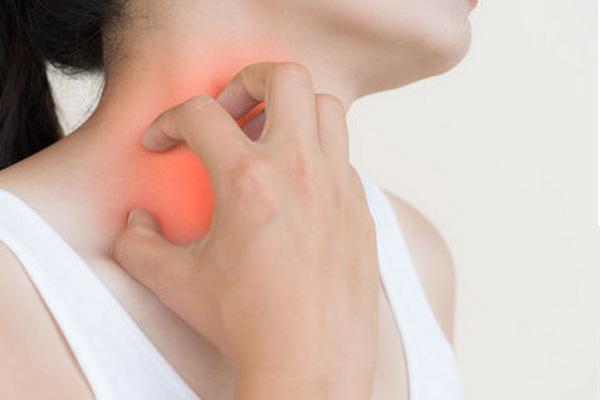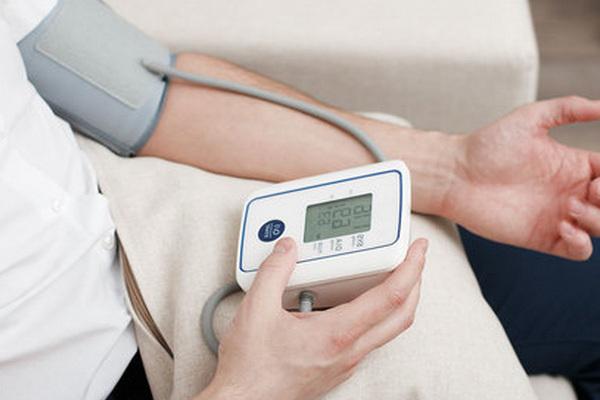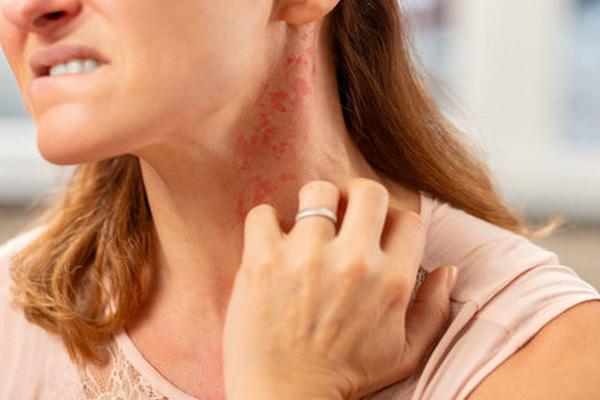Зміст
Sudden redness of the skin of the face and neck is a problem for many people. Redness is very common as a result of strong emotions, stress, and sudden changes in the atmosphere. It can also be the result of alcohol or spice consumption. It is caused by a strong reaction of the blood vessels located directly under the skin, which is why this phenomenon is also called vasomotor erythema. This disease most often affects people with sensitive skin, as well as people with hypertension or hyperthyroidism. Find out what causes face and neck skin redness.
Redness of the face and neck – vasomotor erythema Angioneurotic erythema is a condition that most often occurs in people with sensitive and coupe rose skin, with a light complexion. It is assumed that this tendency is also genetic – for some reason, small blood vessels become excessively dilated. It also manifests itself in the so-called spider veins on the face or telangiexia. The ailment is aggravated by temperature changes, strong emotions and physical exertion. The use of special cosmetics for rosacea helps, but the most effective laser therapy is the closure of blood vessels with a laser.
Erythema on the face and neck: neck and thyroid disease

A reddish blush on the face and neck can also be a sign of an overactive thyroid gland. This gland is responsible for many metabolic processes. Too high a concentration of thyroid hormones greatly accelerates it, which is also affected by the sweat glands and the entire skin. As a result, it becomes warmer, wetter and redder. Blush appears, especially on the neck and face. Other symptoms of an overactive thyroid gland include nervousness, hyperactivity, insomnia, weight loss, and increased heart rate.
Erythema of the face and neck and sunbathing.
Reddening of the face and neck is a very common symptom of excessive sun exposure. People with fair skin are especially prone to sunburn. Prolonged sun exposure without photoprotection in spring is also a risk factor. Unaccustomed and pale skin can quickly turn red and then peel off, unsightly.
Face and neck redness and allergies
Red erythema on the skin is also a common symptom of allergy to a cosmetic ingredient or nickel in jewelry. Redness is often accompanied by mild rashes and itching. The first thing to do is get rid of the allergen. If that doesn’t work, antihistamines can be taken. It is worth knowing that erythema on the neck that resembles the letter “V” is also a symptom of a rare autoimmune disease that affects connective tissue. It manifests itself, among other things, in muscle and skin inflammation.
Erythema of the face and neck and arterial hypertension

Sudden redness of the face and neck is also one of the lesser known symptoms of paroxysmal hypertension (called pressure surges). Hypertension affects more and more people; it is estimated that over 11 million people in Poland are struggling with it. The disease destroys blood vessels and puts stress on the heart, and there is a risk of heart attack and stroke even at a young age. Other symptoms include dizziness and headaches (especially in the morning), pressure in the head, shortness of breath, fatigue, and trouble sleeping.
Face and neck redness and mental problems
Reddening of the skin of the face and neck is also a common result of strong emotions. In a stressful situation, the sympathetic nervous system is stimulated, which corresponds, for example, to vasodilation. Red spots on the skin are very often a sign of social phobia, that is, a neurotic disorder. Other symptoms include increased heart rate, increased sweating, and hand tremors. The cause may be trauma caused by interpersonal contact (for example, embarrassment in a public forum). The basis of treatment is psychotherapy.








